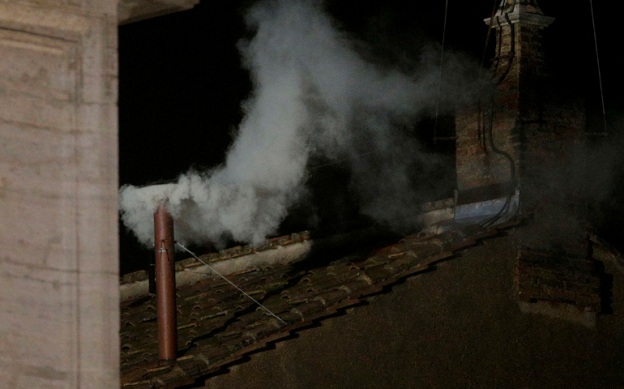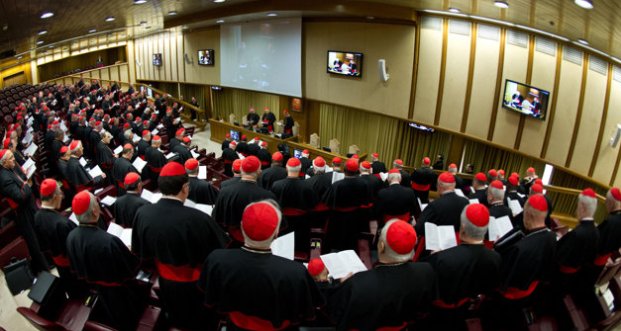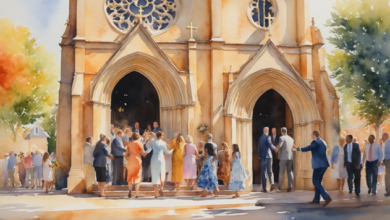Smoke Signals from the Sistine Chapel: What Do They Mean?

Black Smoke, White Smoke: How the World Knows We Have a Pope
One of the most iconic and suspenseful moments in the Catholic Church is when smoke rises from the chimney of the Sistine Chapel. Every eye turns to the sky above St. Peter’s Square. But what does it all mean? When did it start? And how do they actually make black or white smoke?
Let’s uncover the rich symbolism and surprising science behind the smoke signals of a papal conclave.
The Origins: When Did the Smoke Tradition Begin?
The use of smoke signals during a conclave dates back to the election of Pope Gregory X in 1271, but the tradition became more formal and consistent during the 19th century. The modern practice as we know it—using smoke to announce the results of a ballot—was first clearly documented during the conclave of 1903.
The idea is simple: it allows the world to know, even from afar, whether or not a pope has been elected, without revealing any of the internal details of the voting process.
Black or White: What the Colors Mean
- Black Smoke (fumata nera):
This means no pope has been elected. The cardinals have voted, but no candidate has received the required two-thirds majority. The process continues. - White Smoke (fumata bianca):
This is the moment the Church and the world await: Habemus Papam—We have a pope! A new Bishop of Rome has accepted his election.
How Do They Make the Smoke Different Colors?
It may seem like a simple fire, but achieving the right color smoke actually requires some chemistry.
Pre-2005:
- The black smoke came from burning the paper ballots with damp straw or chemicals.
- White smoke came from dry straw or paper alone, but sometimes the smoke was hard to distinguish and caused confusion.
Since 2005 (Pope Benedict XVI’s Election):
To ensure clarity, the Vatican began using chemical additives and a dual smoke system:
- Ballots are burned in one stove.
- A second stove adds chemicals to produce the colored smoke.
The black smoke includes potassium perchlorate, anthracene, and sulfur—resulting in thick, dark smoke.
The white smoke uses a blend of lactose, chlorate, and pine resin, which produces a bright, white puff.
This change was implemented to avoid any doubt, like what happened during earlier conclaves where gray smoke left crowds guessing.
Where Does the Smoke Come From?
There is a chimney installed in the Sistine Chapel, extending through the roof so that everyone in St. Peter’s Square can see the signal. It’s not just decorative—it’s deeply symbolic. The chimney is like a beacon from behind the locked doors, a whisper from the Holy Spirit to the world: Something sacred is happening.
The Power of the Moment
When the white smoke finally appears, the bells of St. Peter’s Basilica begin to ring in joyful confirmation. And soon after, the world hears the words:
“Annuntio vobis gaudium magnum: Habemus Papam!”
(“I announce to you a great joy: We have a pope!”)
A Sign for the Whole World
These ancient smoke signals are more than tradition. They are a visible reminder that, in the heart of the Church, prayerful discernment is happening. Behind closed doors, guided by the Holy Spirit, the cardinals are choosing the next shepherd of the flock.
And when that pure white smoke curls into the Roman sky, it carries with it the hopes and prayers of over a billion faithful.
Did You Know?
The 2013 conclave that elected Pope Francis had one of the clearest white smoke signals in history—thanks to the improved chemical mix and the use of two stoves!






